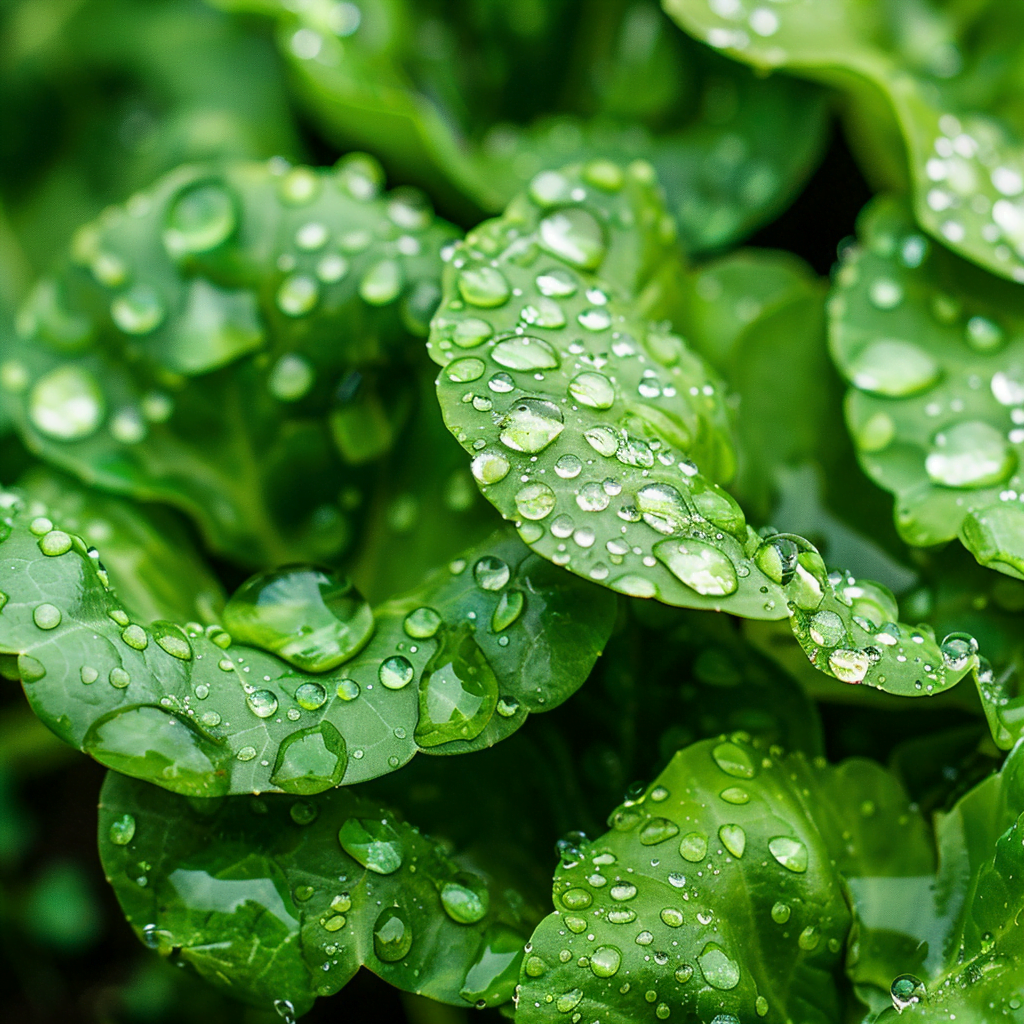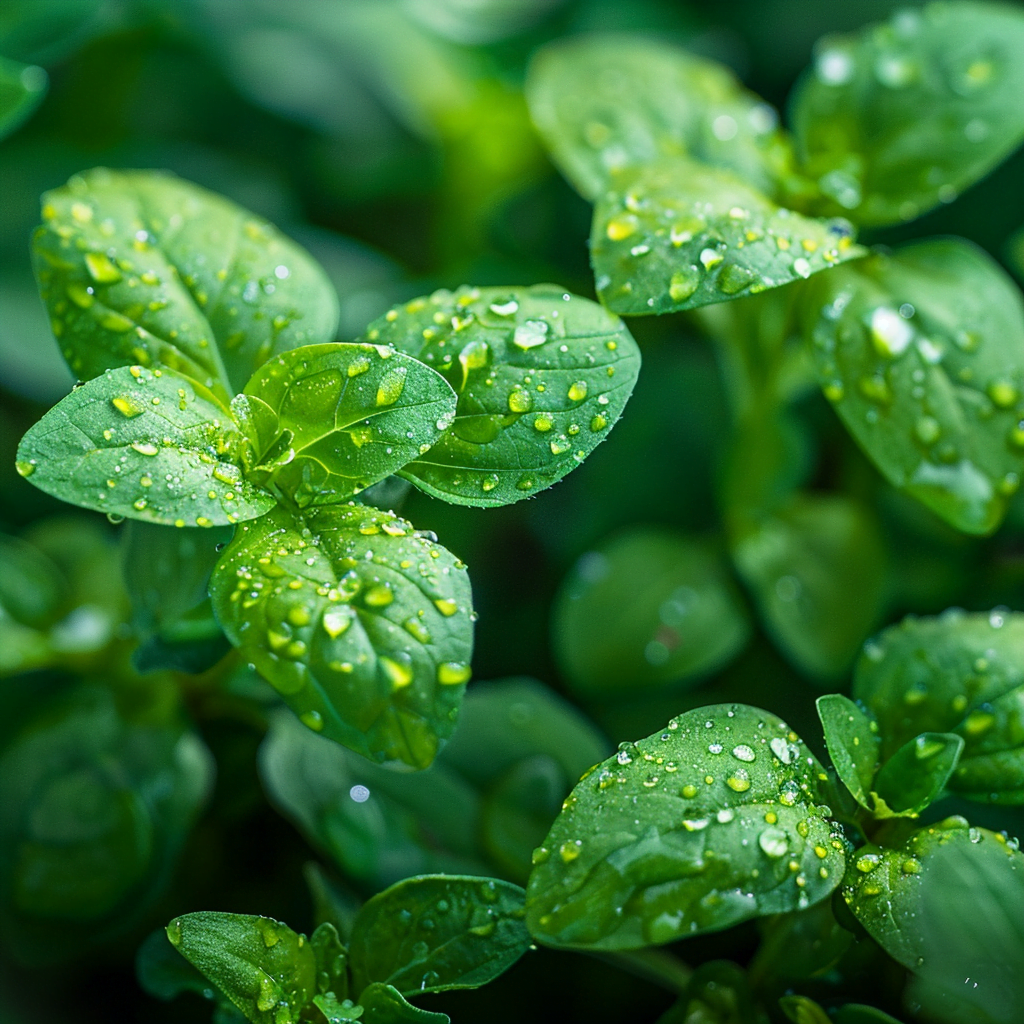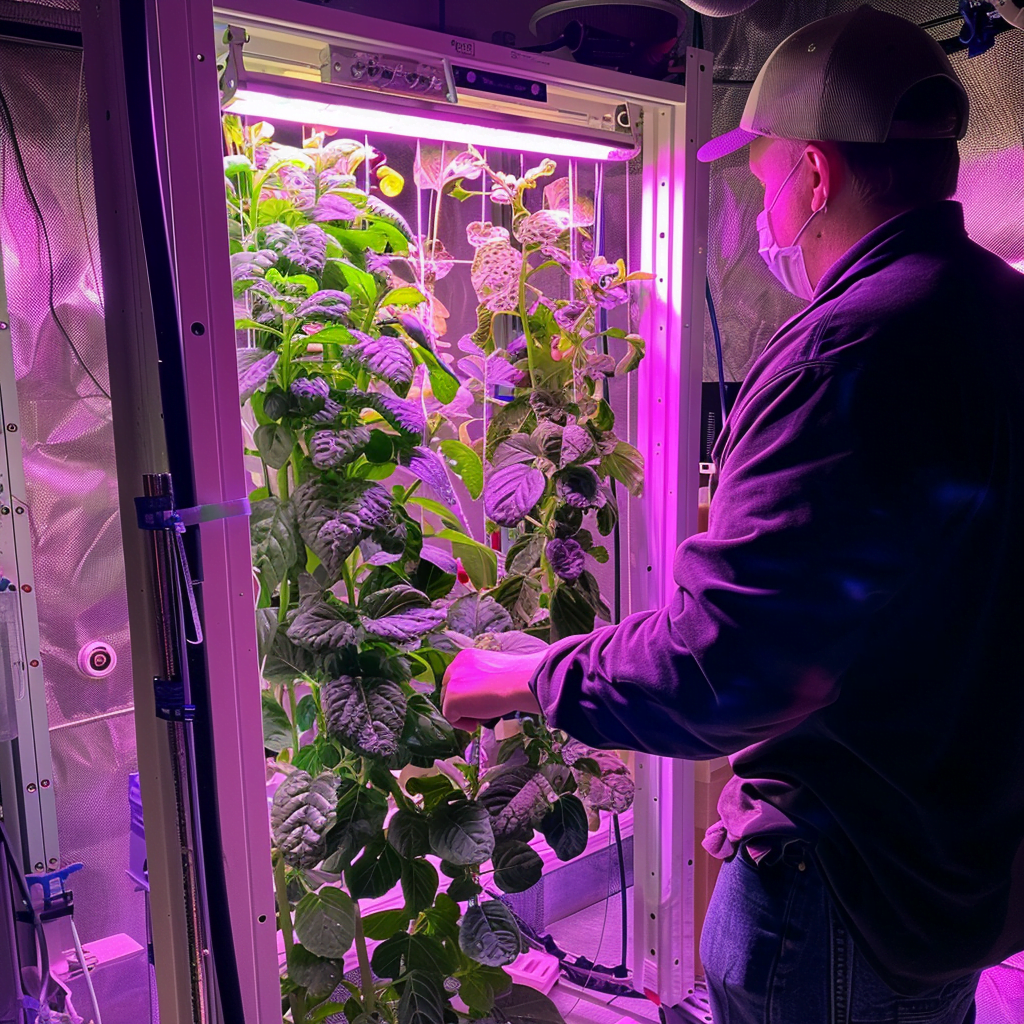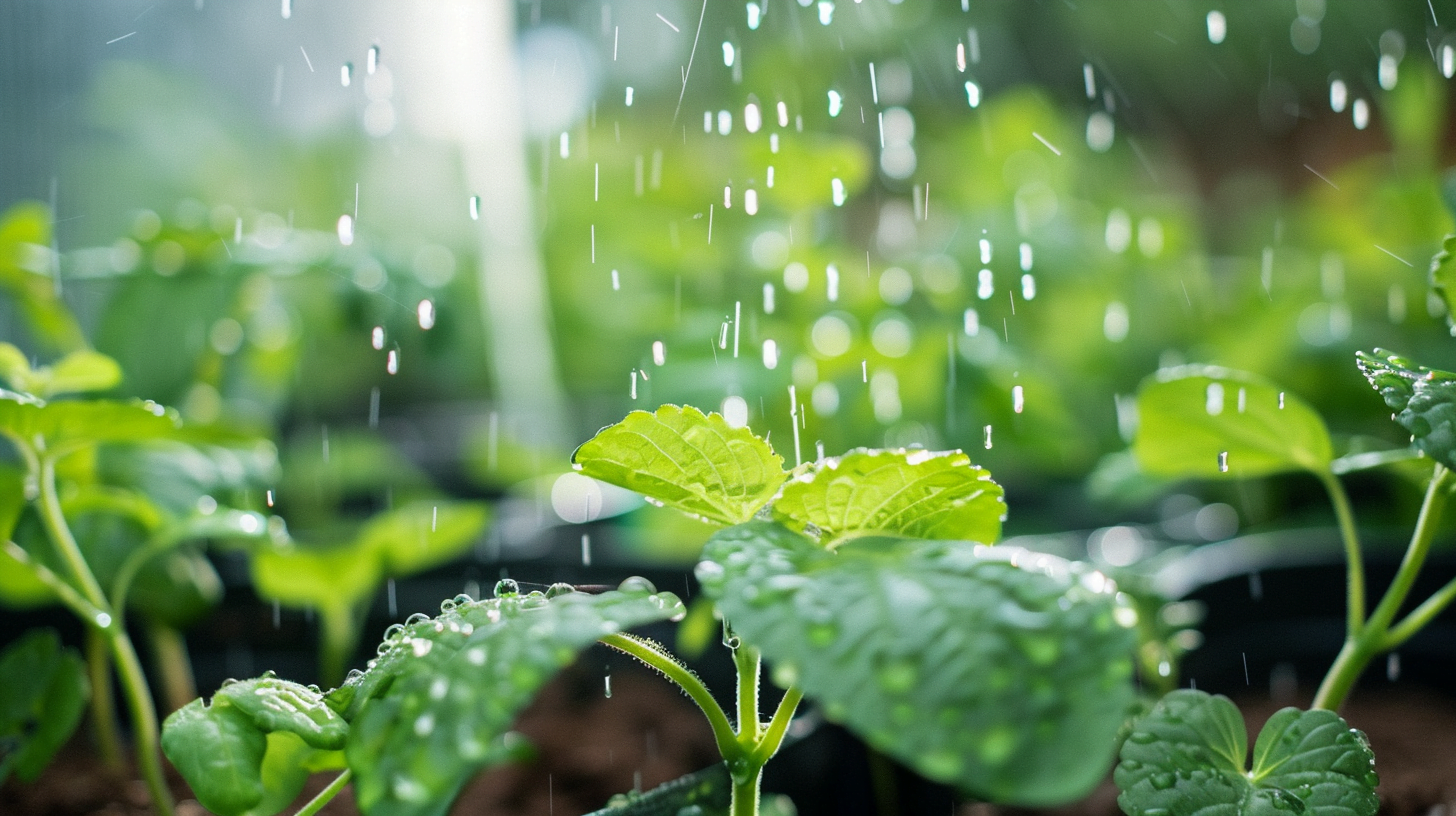Why Oxygen is Critical for Hydroponic Systems? Well, Oxygen is a critical component of healthy hydroponic systems. Unlike plants grown in soil that have access to oxygen from air pockets, plants grown hydroponically rely on adequate levels of dissolved oxygen in the nutrient solution. Oxygen enables root respiration and drives many key processes needed for growth and nutrient uptake. Without sufficient oxygen, hydroponic plants are prone to issues like stunted growth, root rot, and nutrient deficiencies. This article will discuss why maintaining optimal oxygen levels is imperative for hydroponics and provide guidance on monitoring and maintaining adequate dissolved oxygen.
How Oxygen Gets to Plant Roots in Soil vs. Water
In a traditional soil environment, plant roots are surrounded by a mixture of soil particles and air pockets. These air pockets allow diffusion of oxygen from the surrounding air down to the root zone. However, in a hydroponic system, with roots suspended in nutrient-rich water, there is limited external air diffusion taking place. Instead, the dissolved oxygen already present in the water itself must be adequate for the oxygen needs of the plant.
The key difference is that natural diffusion of oxygen from air to water is extremely limited compared to diffusion in air. Water can hold only a fraction of the oxygen that air can. At 68°F, water is saturated with oxygen at about 8-10 parts per million (ppm), compared to 210,000 ppm in air. This is why additional aeration and oxygenation methods are frequently needed in hydroponic systems.
Role of Oxygen in Root Respiration
Like all plant cells, roots require oxygen to perform cellular respiration. This process generates energy (in the form of ATP) needed for active transport of nutrients into root cells. Oxygen is also needed for nutrient metabolism and storage within the plant once taken up from the roots.
Without adequate oxygen for respiration, roots cannot generate enough energy to facilitate the rapid intake of water and nutrients needed to support fast vegetative growth. Oxygen starvation essentially starves the roots of the energy they need to perform their roles.
Root respiration also produces CO2 which can benefit the plant if transferred via the stems and leaves to areas of active photosynthesis. So in this way, dissolved oxygen also plays an indirect role in providing inorganic carbon to enhance photosynthetic rates.

Impacts of Low Oxygen Levels
If dissolved oxygen drops too low in a hydroponic reservoir, plants quickly show signs of stress, including:
- Slowed or stunted vegetative growth
- Yellowing leaves (nutrient deficiencies)
- Smaller, less healthy root systems
- Increased risk of root rot and pathogens
- Reduced yield
Even if nutrient levels are optimal, without sufficient oxygen at the root zone, plants cannot uptake and utilize those nutrients properly. And poor root health makes plants more vulnerable to root diseases.
Low oxygen can become a cascading issue, where poor root growth leads to less oxygen transpiration to the root zone, exacerbating oxygen depletion issues further.
For most hydroponic plants, dissolved oxygen levels below 3-5 ppm can cause major issues. Sensitive seedlings and cuttings may need higher levels nearer air saturation.
Maintaining Adequate Dissolved Oxygen Levels
The simplest and most effective way to maintain adequate dissolved oxygen is by actively aerating the reservoir. This is accomplished by pumping air through air stones, or using venturi air injectors.
Active aeration through bubbling helps drive oxygen saturation closer to equilibrium with surrounding air over time.
Other methods that can help optimize oxygen levels include:
- Cooler water temperatures (oxygen is more soluble in colder water)
- Ensuring adequate flow in recirculating systems
- Lowering nutrient salt concentrations
- Allowing sufficient time after adding nutrients for oxygen levels to stabilize
Testing and Monitoring Oxygen
Dissolved oxygen can be tested easily using electronic meters designed for hydroponics to measure ppm or mg/L. Most have automatic temperature compensation. Knowing precise measurements can help dial in ideal aeration.
It’s also important to visually monitor plants and roots for early signs of oxygen stress like slowed growth or slimy root health. Catching issues early makes intervention easier.
Here are target dissolved oxygen levels to aim for in hydro systems:
- Seedlings: >7 ppm
- Mature Plants: 5-7 ppm
- DWC/RDWC: ≥6 ppm
Levels below 3 ppm for mature plants can cause major issues.

Oxygenation Solutions by System Type
The oxygenation strategy may differ depending on the hydroponic system design:
Deep Water Culture – Aeration stones/air pumps are mandatory for oxygenation of the central reservoir in DWC systems. Air pumps should be sized to the reservoir volume to ensure adequate bubbling.
NFT Channels – Enough slope and flow rates are critical to prevent pooling and ensure constant thin film of nutrient water where oxygen can diffuse.
Aeroponics – The regular fine misting of roots allows oxygen in the air to be continually dissolved into moisture on roots.
Media Beds – Air pumps often used for beds of aggregate media like perlite, clay pellets, etc. The media itself helps retain some oxygen.
No matter the system, monitoring oxygen levels and signs of plant health is key to ensure adequate oxygen for the size of the hydroponic system and plants being grown.
Conclusion
Oxygen availability can make or break a hydroponic operation. Without adequate dissolved oxygen at the roots, plants are unable to uptake nutrients properly or generate energy needed for growth.
Active aeration methods are essential for dissolved oxygen. Monitoring with meters and visual inspection of plants provides early warning of low oxygen issues.
By understanding the critical importance of oxygen in hydroponic systems, maintaining optimal levels can become part of everyday management for healthy, high-yielding plants.

